Lucian Freud: New Perspectives at the National Gallery
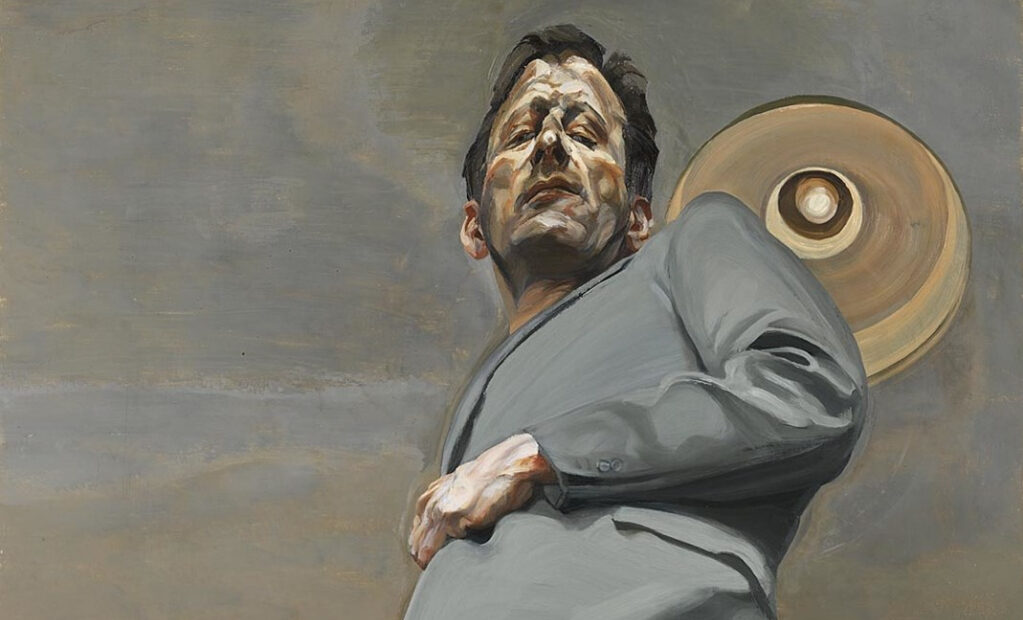
2022 marks the centenary of the birth of one of the important British figurative painters of the last century. The National Gallery’s major new survey of the career of Lucian Freud sets out to explore his commitment to painting with the exhibition’s curator, Daniel F Herrmann, proposing: “a lot of exhibitions show ways of thinking about Freud that have been done before. Now is a great time to reconsider Freud.” Displaying just over 60 works, this retrospective charts the evolution of the artist’s style over the course of seven decades.
Herrmann has attempted to move away from the typical tendency on the part of past Freud shows to view his work through the prism of his own celebrity, instead laying emphasis upon the formal qualities of the artist’s work. We’re encouraged here to look at the paintings on their own terms, avoiding what the curator calls the mythical “hero’s journey”. It’s a difficult task to accomplish due to the compelling nature of the painter’s biography.
From his earliest days in London, having emigrated from Berlin in 1933, Freud was a frequent visitor to the National Gallery. “I use the Gallery as if I were a doctor,” he stated, using that medical analogy to convey how he exploited his special after-hours pass to find painterly solutions from masters he admired such as Titian. One purpose of this exhibition is to show Freud’s work in the context of the great portraits of the past from which he sought inspiration and ideas.
Freud’s early paintings like Woman with a Daffodil (1945) are built up in translucent layers. In Man with a Thistle (1946), the artist’s angular features look back at the viewer across a rather sinister-looking thistle. The last of the three delicate but emotionally jarring paintings of his second wife, Caroline Blackwood, Hotel Bedroom (1954), again sees Freud depicting himself, somewhat broodily, by an open window as his spouse lies in bed turning away, apparently anxious. This piece was regarded as a turning point for the artist because it proved to be the final time he would sit down to paint until old age took its toll.
1954 was indeed a watershed year for the artist as it sees him embarking upon large, full-length nudes. One finds him replacing his washes of subtle colour with a layered-up application of paint, resulting in an encrusted surface. The section of the exhibition entitled “Portraying Intimacy”, framing his development from the 1960s, shows the painter casting his unflinching eye upon family and friends with a surprising tenderness at odds with his reputation. For all that, his study of his daughter Bella nakedly sprawled on a sofa is rendered with a discomfort-inducing directness.
One sees him increasingly complicating the relationship between artist and sitter. Contemplation of Reflection with Two Children (Self-portrait) (1965) makes the viewer aware his young son and daughter are not standing next to him but in front of his self-portrait. He is subjecting his own reflection to scrutiny.
Another room entitled “Power and Death” finds powerful people ranging from a forlorn Jacob Rothschild to her late majesty, Queen Elizabeth II, sitting before the inscrutable gaze of the artist. Despite the apparent references to Renaissance papal portraiture, at least in the former, there is no attempt to flatter, even in the presence of the Queen. Freud proves no less forgiving in the largely charcoal studies of his ageing mother.
A late self-portrait in the final room here, Painter Working, Reflection (1993) reveals Freud casting his famously dispassionate eye upon his ageing, 71-year-old body. Despite his body still being lean and muscular, his skin shows the passing of time. He stands in his unlaced work boots toiling at his craft. This late chapter of his career surely sees the painter in his pomp. And the Bridegroom (1993), featuring the gargantuan Leigh Bowery lying alongside his petite partner, and Sleeping by the Lion Carpet (1996), featuring the benefits advisor, Sue Tilley asleep on an armchair, each possess tremendous visceral energy. The last painting depicts a uniformed Andrew Parker Bowles bedecked in medals, and yet one senses, for all his dignity, the power resides in the brush hand of the artist.
New Perspectives offers a consistently enthralling journey through the long career of Freud, succeeding in cementing his reputation whilst simultaneously revealing him to be a more complex and nuanced artist than previously portrayed.
James White
Lucian Freud: New Perspectives is at the National Gallery from 1st October until 22nd January 2023. For further information visit the exhibition’s website here.

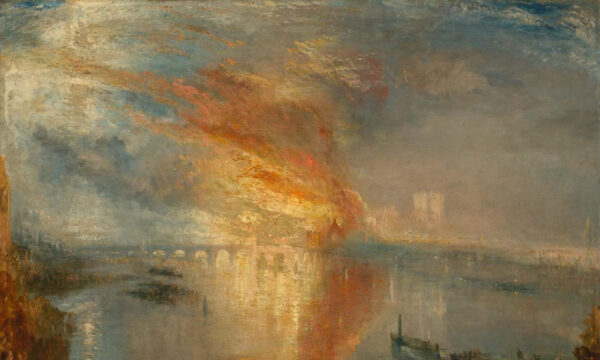
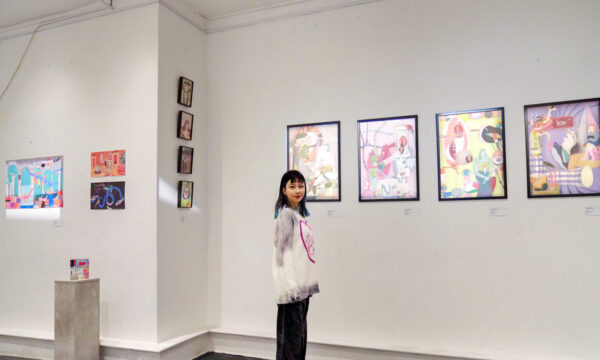
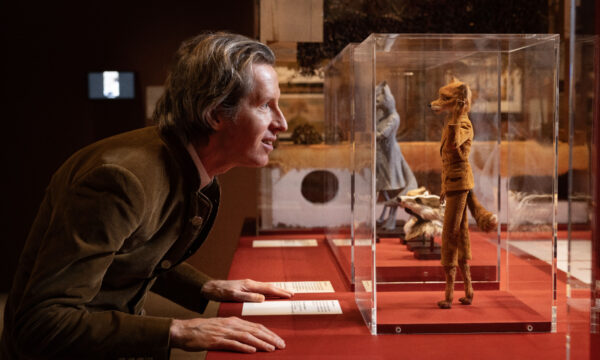
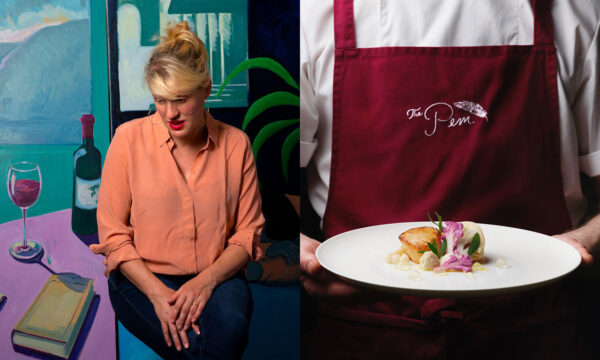
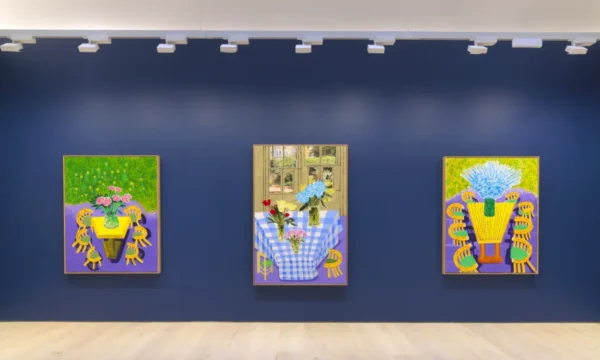
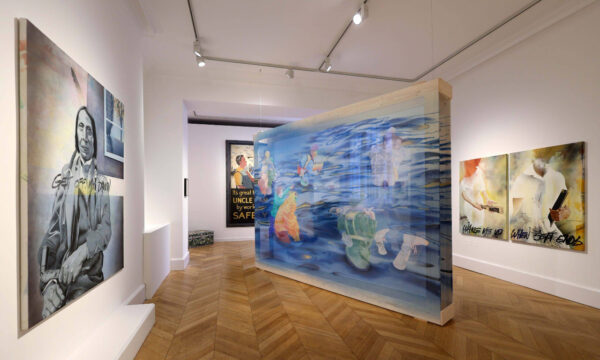
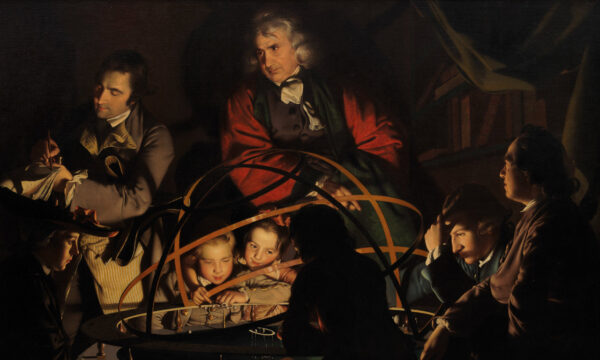
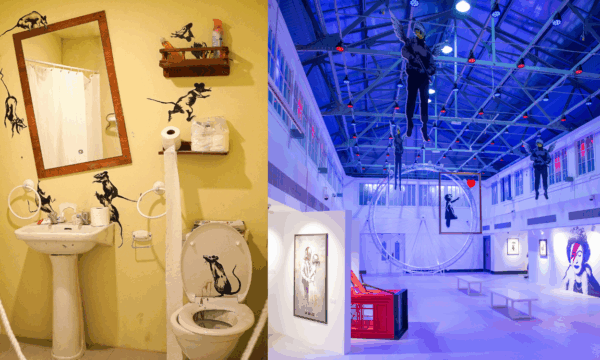
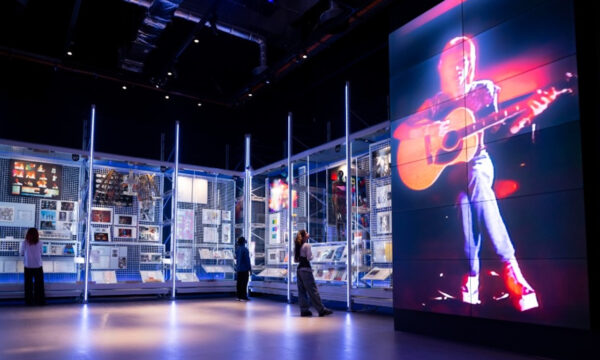

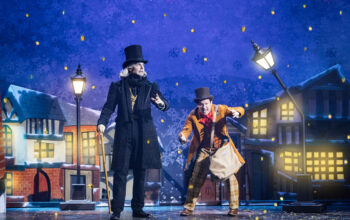
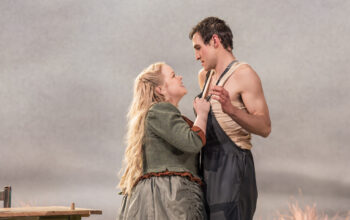

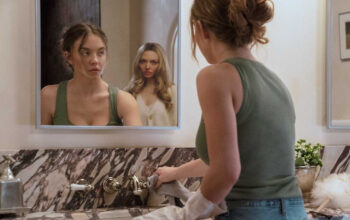

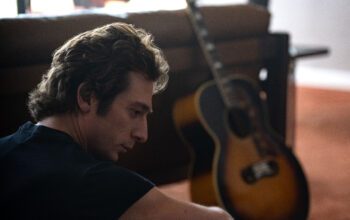






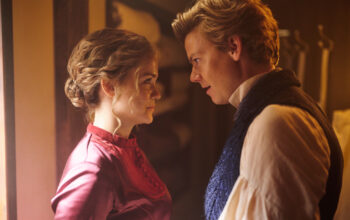
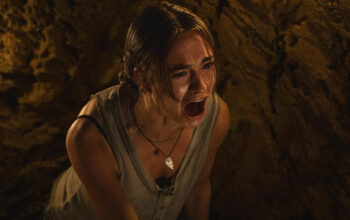
Facebook
Twitter
Instagram
YouTube
RSS